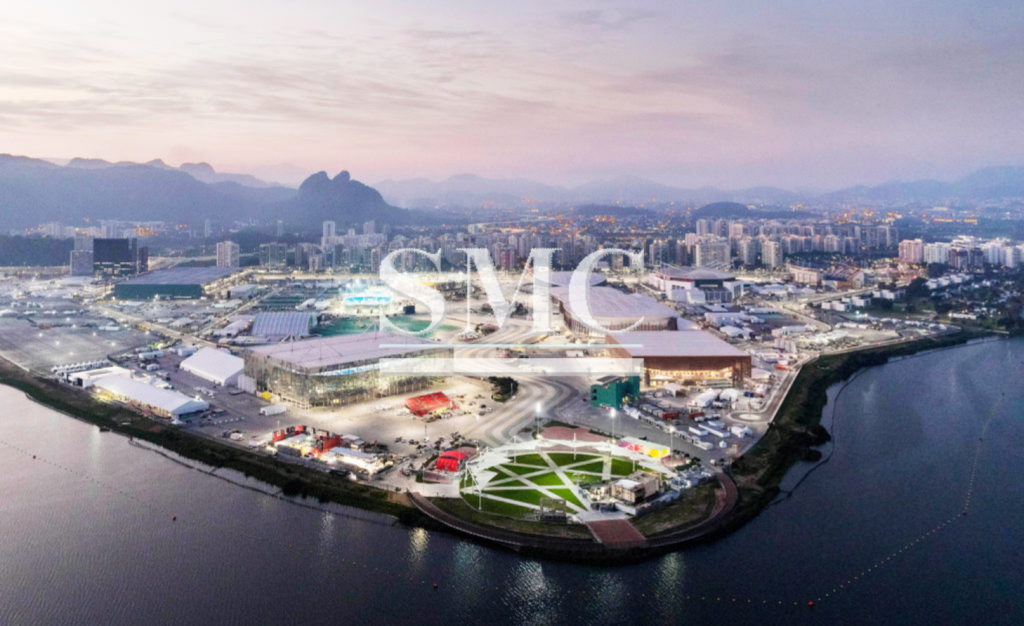Future Arena, the handball venue, will give the material to manufacture four 500-understudy elementary schools in the city’s Jacarepaguá neighborhood. Laborers will dismantle Olympics Aquatics Stadium and utilize the parts to erect two group swimming focuses; one in Madureira Park and one in the Campo Grande territory. The International Broadcast Center will turn into a secondary school quarters. What’s more, Barra Olympic Park—a 300-section of land, triangular promontory that components nine Olympic venues—will have open parks and private improvement after the Games.
“It’s based around not leaving white elephants,” said Bill Hanway of AECOM, which created the master plan for the olympic parks in London and Rio. “We’re at a stage in the Olympics where social and financial responsibility are much more important than they used to be.”
The trick, Hanway says, is using prefabricated, modular parts—a decades-old technique enjoying renewed interest because it is cheaper, faster, and more sustainable than conventional methods. Advances in materials and techniques have made modular structures lighter, stronger, and more weathertight than before. Rio’s nomadic venues feature puzzle-like compositions of shared components—standardized steel columns and beams, modular steel panels, concrete slabs, and event-specific elements like seating bowls, playing surfaces, and water tubs. After the Games end on August 21, crews will disassemble these structures, haul them to new locations, and reconfigure them.
The $38 million Olympics Aquatics Stadium, which highlights characteristic cooling and seating for 20,000 individuals, will be separated to make two littler pools past Olympic park. The test is dismantling and reassembling the tremendous fiberglass tubs. Future Arena will descend much like it went up, and key segments used to construct four schools. Its silky veneer will get to be sunshades and downpour screens, and its solid slopes will give wheelchair access.
The broadcast center’s steel frame will provide the framework for the dormitory at a high school for gifted athletes at the Barra Olympic Park. The 18,250 seats filling the Olympic Tennis Centre will be reused elsewhere, as will much of the main souvenir shop.
“I think it’s nothing short of a brilliant way to address building such massive infrastructure,” says Irwin A. Kishner,a partner at Herrick, the New York law firm that worked on Yankee Stadium, the Meadowlands, and Red Bull Arena. “It adds another option to what can be a very wasteful enterprise.”
Of the 30-odd venues at the Games, only Future Arena and the aquatic center are truly nomadic. Beyond those, the tennis and beach volleyball venues will be dismantled. London made greater use of temporary facilities, but much of the sporting infrastructure in Rio—including Olympic Stadium—existed before the olympiad, erected for events like the Pan Am Games and the World Cup.

Jeff Keas, a principal at Populous, which designed the London Stadium for the 2012 Games, says temporary buildings can have a carbon footprint half the size of a conventional structure, and can cost 50 to 80 percent less. Building times vary widely, but most temporary buildings go up faster, too. Not having to maintain permanent stadiumscan save millions more.
“We need to build faster, lighter, and more sustainable buildings to face the environmental and socio economic challenges the world faces,” adds Hanway. This is true of all buildings, not just Olympic venues.
Guest contributors are welcome at the Alloy Wiki.It is a weekly wiki and guide on alloy information and processing technology, while also about the vast array of opportunities that are present in manufacturing. Our team of writers consists of a Machining Material Supplier / Machinist / Tool and Die Maker, a Biomedical Engineer / Product Development Engineer, a Job Development Coordinator / Adjunct Professor, and a President and CEO of a manufacturing facility.
Link to this article:The future of Rio’s stadium
Reprint Statement: If there are no special instructions, all articles on this site are original. Please indicate the source for reprinting:Alloy Wiki,thanks!^^


